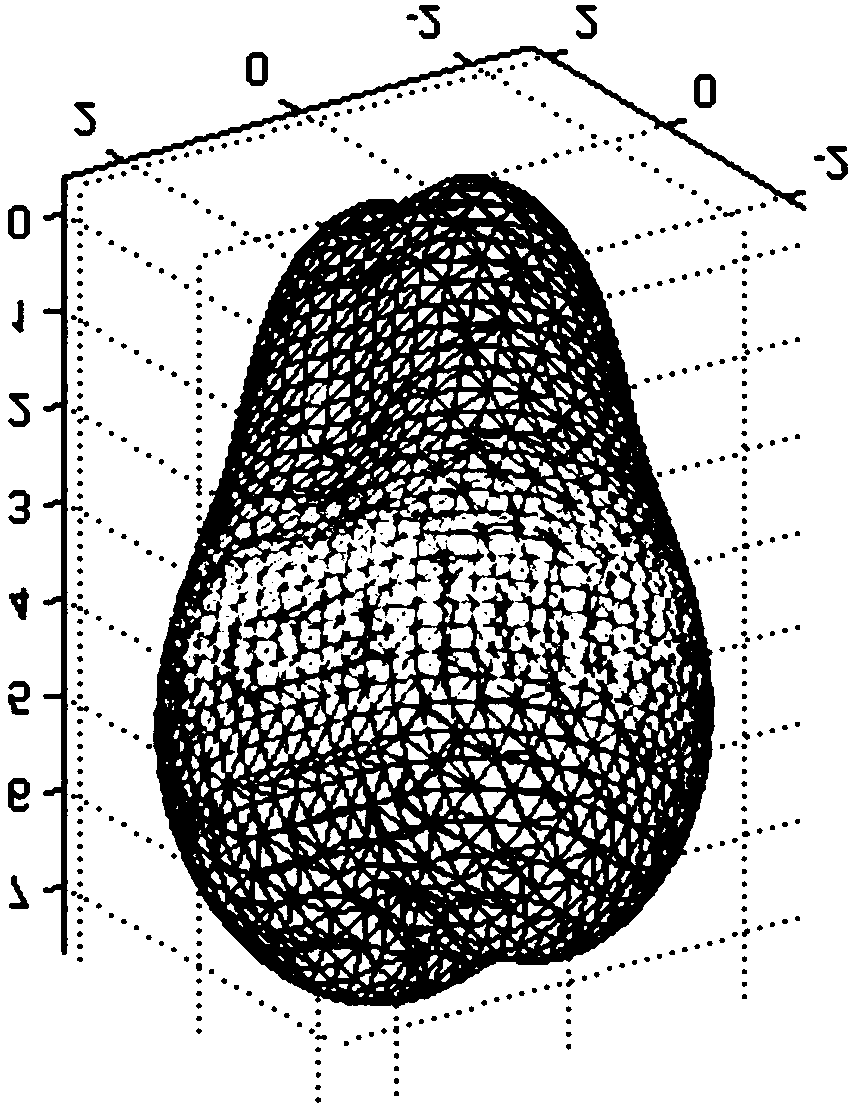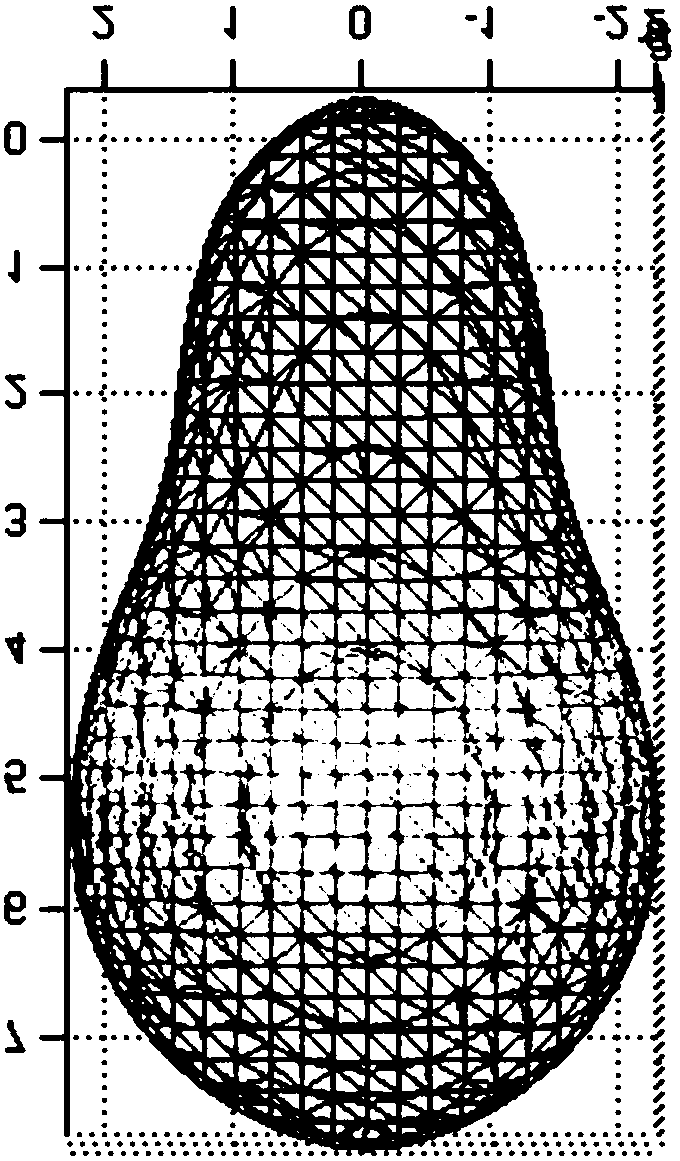Construction method and application of three-dimensional dose contribution distribution model with occlusion material
A distribution model, three-dimensional dose technology, applied in radiation therapy, X-ray/γ-ray/particle irradiation therapy, treatment, etc., can solve the problems of brachytherapy system error, inaccurate radiotherapy brachytherapy plan, etc., to improve the accuracy Effect
- Summary
- Abstract
- Description
- Claims
- Application Information
AI Technical Summary
Problems solved by technology
Method used
Image
Examples
Embodiment 1
[0052] This embodiment discloses a method for calculating the radiation dose contribution at the target point i when there is an occluding material between the radiation source j and the target point i, specifically including the following steps:
[0053] (1) Obtain calculation parameters, including the following:
[0054] Let radioactive source j be the origin of the coordinates, that is, the coordinates of radioactive source j are j(0, 0, 0), then the coordinates of target point i relative to radioactive source j are i(r i , θ i , );
[0055] Radiation time t is used as an independent variable of radiation dose contribution;
[0056] Shading material thickness L i , obtained according to the actual situation of the occlusion material;
[0057] The average attenuation coefficient of the occluding material for the radioactive source Based on the nature of the shielding material and the radioactive source;
[0058] The scattering ratio n of rays is obtained according t...
Embodiment 2
[0063] This implementation discloses a method for constructing a three-dimensional dose contribution distribution model with occlusion materials, including the following steps:
[0064] (A) Let the j coordinate of the radioactive source be (r j , θ j , ), then the coordinates of target point i relative to radioactive source j are (r ij , θ ij , );
[0065] (B) Suppose there are m target points i in the three-dimensional space where the radioactive source j is located, then the coordinates of the mth target point i are (r ijm , θ ijm , );
[0066] (C) According to the calculation method of the radiation dose contribution provided in claim 1, the radiation dose contribution of the radiation source j at the mth target point i is obtained:
[0067]
[0068] Where: S k is the air kerma intensity; ∧ is the dose rate constant; G(r, θ) is the geometric factor G (r, θ); g(r im , θ im ) is the radial dose function; F(r im , θ im ) is a directional function; all of th...
Embodiment 3
[0072] This embodiment discloses the application of a three-dimensional dose contribution distribution model with occlusion materials as an auxiliary tumor brachytherapy plan formulation, as follows:
[0073] The single-tube afterloading source applicator was used as the main treatment device of the cervical cancer afterloading radiotherapy plan, and lead was selected as the shielding material of the single-tube afterloading source applicator, and Ir192 was used as the radioactive source, and Matlab software was used to simulate the single-tube afterloading source applicator. Install the three-dimensional dose distribution model of the source applicator.
[0074] Through the ordinary post-loading radiotherapy plan, 12 dwell points are obtained, which are:
[0075] x=-8:0.25:8; y=x; z=x;
[0076] [x,y,z]=meshgrid(x);
[0077] x lr1 =0,y lr1 = 0, z lr1 = 0.5;
[0078] x lr2 =0,y lr2 = 0, z lr2 = 1;
[0079] x lr3 =0,y lr3 = 0, z lr3 = 1.5;
[0080] x lr4 =0,y lr4...
PUM
 Login to View More
Login to View More Abstract
Description
Claims
Application Information
 Login to View More
Login to View More - R&D
- Intellectual Property
- Life Sciences
- Materials
- Tech Scout
- Unparalleled Data Quality
- Higher Quality Content
- 60% Fewer Hallucinations
Browse by: Latest US Patents, China's latest patents, Technical Efficacy Thesaurus, Application Domain, Technology Topic, Popular Technical Reports.
© 2025 PatSnap. All rights reserved.Legal|Privacy policy|Modern Slavery Act Transparency Statement|Sitemap|About US| Contact US: help@patsnap.com



